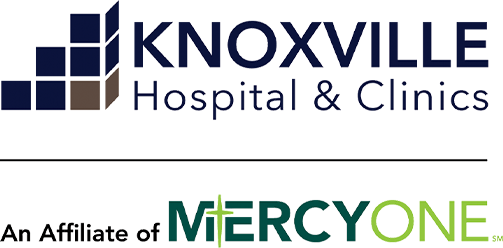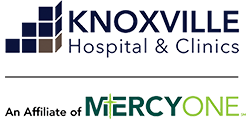Understanding Insurance Discounts
Most consumers would agree that convenient access to medical services when they are needed most is essential. Many health care providers use a “participating agreement” and partner with insurance companies. This allows those who have health insurance coverage through those companies to seek “covered” medical services through KHC via its hospital, clinics and doctors.
KHC offers a discount on its services to the various insurance companies via the agreement. This discount not only benefits the insurance company, but affords a benefit to the individual policyholders as well given that their coinsurance amount (or the member’s share of the costs of a covered health care service, as outlined in the individual health insurance policy, usually expressed as a percentage) is based on the discounted amount as opposed to the total charges. Here is a simple example:
| Total amount charged by provider | $100.00 |
| Insurance company discount | 20% |
| Covered benefit amount | $80.00 |
| Coinsurance per policy | 20% |
| Coinsurance due from patient | $16.00 |
*Without the insurance company discount, the coinsurance amount due from the patient would be based on 20% of the total amount charged by provider or $20.00, so the insurance company discount saves their customer $4.00, in this example.
So, how do you go about determining what the insurance company discount amount is for the services you received? There are about as many terms used to describe the insurance company discount as there are insurance companies out there. Some of the more common terms are summarized below as well as others you can see on the Explanation of Benefits (EOB) you receive from your insurance company.
| Contractual Allowance | Contractual Adjustment | Provider Liability |
| PPO Discount | GRP/RC – Amount | Write-off Amount |
If the discount is not clearly identified on the EOB, it can also be determined by subtracting the “allowed” amount from the “billed” amount.

